Description
141st Aero Squadron, WWI Tribute Patch
It is a slight twist to a classic patch meant to be used as a tribute. You’ll love sporting this new 3D 141st Aero Squadron PVC Patch.
- 3.5 inch
- PVC/Hook and Loop
- US Naval Aviator Owned Business
History
141st Aero Squadron
The 141st Air Refueling Squadron is a unit of the New Jersey Air National Guard 108th Wing located at McGuire Air Force Base, New Jersey. The 141st is equipped with the KC-135R Stratotanker.
The 141st was first organized as the 141st Aero Squadron on 2 January 1918 at Rockwell Field, California. The squadron deployed to France and fought on the Western Front during World War I as a pursuit squadron as part of the American Expeditionary Forces. The unit was demobilized after the war in 1919.
Operations 4th Pursuit Group
Western Front, France: 18 October-11 November 1918[2]
Victories First combat on 28 October 1918, 2 Enemy Aircraft shot down. 1 by Capt. Baker on 28 October; 1 on 5 November, shared by Capt Baker and Lts. Shelby, Cady, Hamlin and Chappell.[1]
The 141st Aero Squadron (Pursuit) was a United States Army Air Service pursuit squadron, and part of the American Expeditionary Force. It was assigned to the 4th Pursuit Group, Second United States Army, AEF near the end of World War I.[3]
The squadron saw limited combat, and with Second Army’s planned offensive drive on Metz cancelled due to the 1918 Armistice with Germany, the squadron was assigned to the United States Third Army as part of the Occupation of the Rhineland in Germany. It returned to the United States in July 1919.
Organization
The squadron was organized at Rockwell Field, San Diego, California, on 8 October 1917. It was organized as an un-designated provisional unit with men drawn from the 14th and 18th Training Squadrons already at the field. The squadron trained with Curtiss JN-4 Jennies at Rockwell Field. It was not until the latter part of December that the mechanics and support enlisted personnel were assigned to the squadron, and was given its formal designation as the 141st on 2 January 1918, when it was ordered to proceed to Garden City, New York, for overseas deployment.[1]
The 141st reached Field No. 2, near Garden City on 9 January, where final preparations for the squadron were made for overseas shipment. On 15 January it moved to Pier No. 45, Hoboken, New Jersey, where it boarded the Cunard liner RMS Carpathia, arriving at Halifax, Nova Scotia, awaiting to form up into a convoy. on the 19th, it began the overseas journey with seven other ships along with the cruiser USS San Diego, arriving at Glasgow, Scotland on 30 January. On the 31st, after a train trip to Winchester, England, the squadron was assigned to the Morn Hill Rest Camp for classification and advanced training in England.[1]
Training in England
For the next several months, the squadron went through advanced training to prepare it for combat at the front in France. “A” Flight was assigned to Dover, Kent; “B” Flight at the Hounslow Heath Aerodrome, near London, and “C” Flight to Northolt Airdrome, also near London. On 9 March 1918, the squadron reformed at Northolt, where it proceeded to the Swingate Down Airdrome, near Dover, Kent where it received final training by the Royal Flying Corps.[1]
The squadron arrived in France on 16 August 1918 and moved to the St. Maixent Aerodrome for equipping. Orders to move were received on 27 August for the Air Service Production Center No. 2 at Romorantin Aerodrome, where it waited for another nineteen days. Finally on 16 September it moved again to the 1st Air Depot at Colombey-les-Belles Airdrome where the 141st received SPAD XIII pursuit aircraft. There it was assigned to the 4th Pursuit Group, and moved to Croix de Metz Aerodrome (Toul) for combat duty, arriving on 19 October.[1]
Meuse-Argonne Offensive
141st Aero Squadron, November 1918 Gengault Aerodrome (Toul), France.
The squadron’s insignia was an orange and black tiger with a flyer’s helmet. The 141st flew its first patrol on 23 October and every day thereafter. Its combat commander, Hobey Baker, was a famous hockey and football star at Princeton before the war. It was said, Hobey preferred Ivy League men in his unit, preferably from Princeton. Indeed, he painted the aircraft in his squadron in Princeton colors: Orange and Black.[1]
The 141st shot down its first enemy aircraft on 28 October, by Captain Baker. A second enemy aircraft was shot down on 6 November by a patrol consisting of Captain Baker and Lieutenants Shelby, Cady, Hamiln and Chappell. The 141st was involved in 13 combats, the only pursuit squadron of the Air Service, Second Army to do so.[1]
After the November 1918 Armistice with Germany, the squadron remained at Gengault Aerodrome. Tragically, its commander, Captain Hobey Baker was killed on 21 December 1918 when he took a SPAD XIII up for one last ride. The SPAD developed engine trouble while taking off and Baker died when the aircraft crashed soon thereafter.[1]
Third Army of Occupation
On 19 April 1919, the squadron was assigned to the Third Army Air Service, 5th Pursuit Group. It was moved to Coblenz Airdrome, Germany, to serve as part of the occupation force of the Rhineland. For the next several months the squadron was able to perform test flights on surrendered German aircraft. Flights of the Fokker D.VII, Pfalz D.XII, Halberstadts and Rumpler aircraft were made and evaluations were made.[4]
Demobilization
On 18 June 1919, orders were received from Third Army for the squadron to report to the 1st Air Depot, Colombey-les-Belles Airdrome to turn in all of its supplies and equipment and was relieved from duty with the AEF. The squadron’s SPAD aircraft were delivered to the Air Service American Air Service Acceptance Park No. 1 at Orly Aerodrome to be returned to the French. There practically all of the pilots and observers were detached from the squadron.[5]
Personnel at Colombey were subsequently assigned to the Commanding General, Services of Supply and ordered to report to one of several staging camps in France. There, personnel awaited scheduling to report to one of the Base Ports in France for transport to the United States.[6] Upon return to the US, most squadron personnel were demobilized at Camp Mills, New York on 18 July 1919.[3]
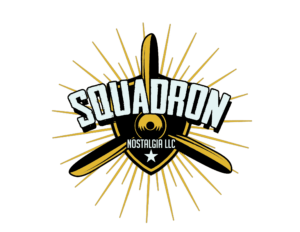
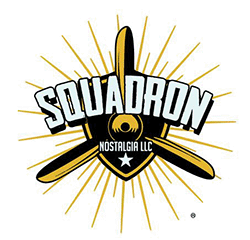
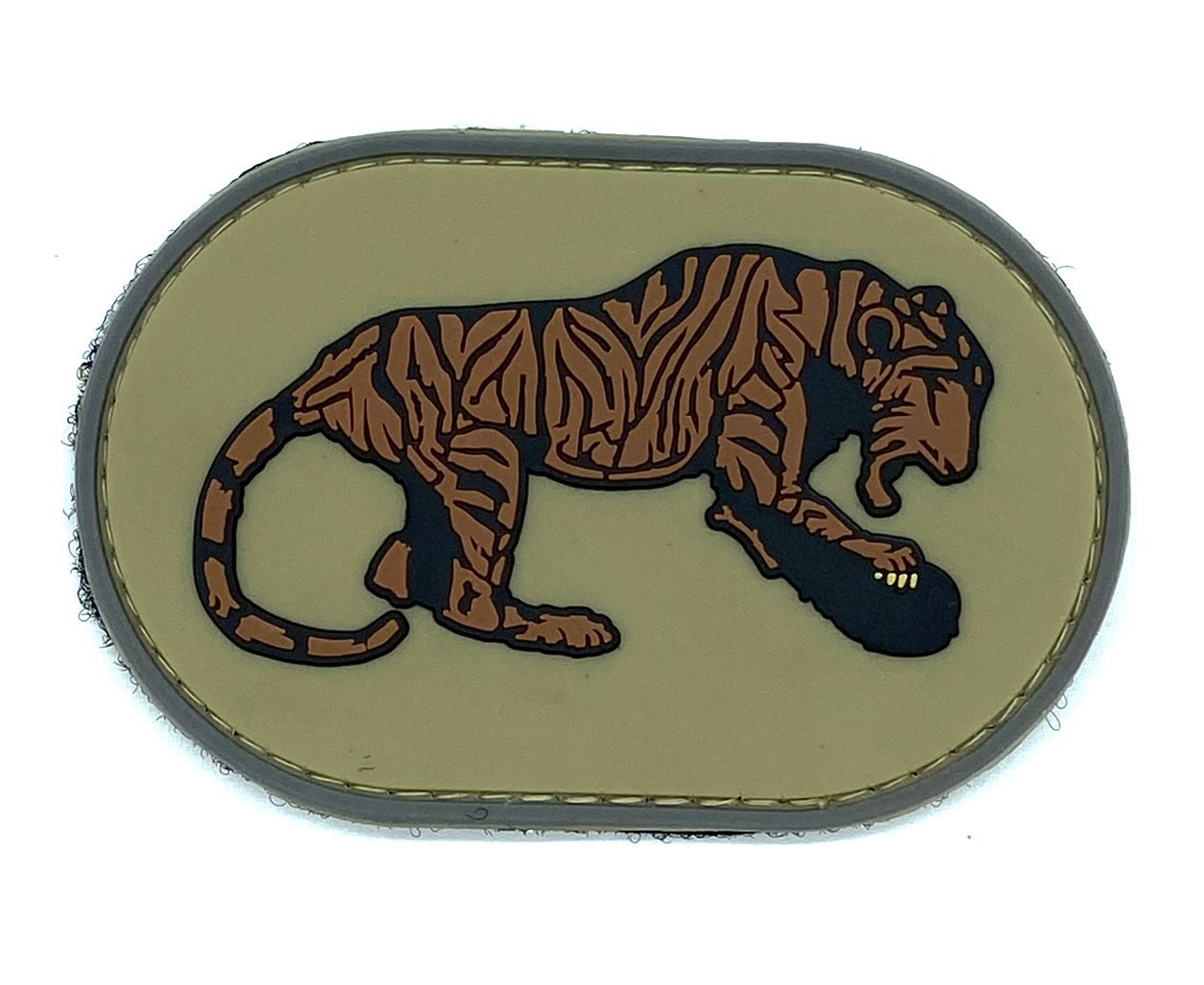
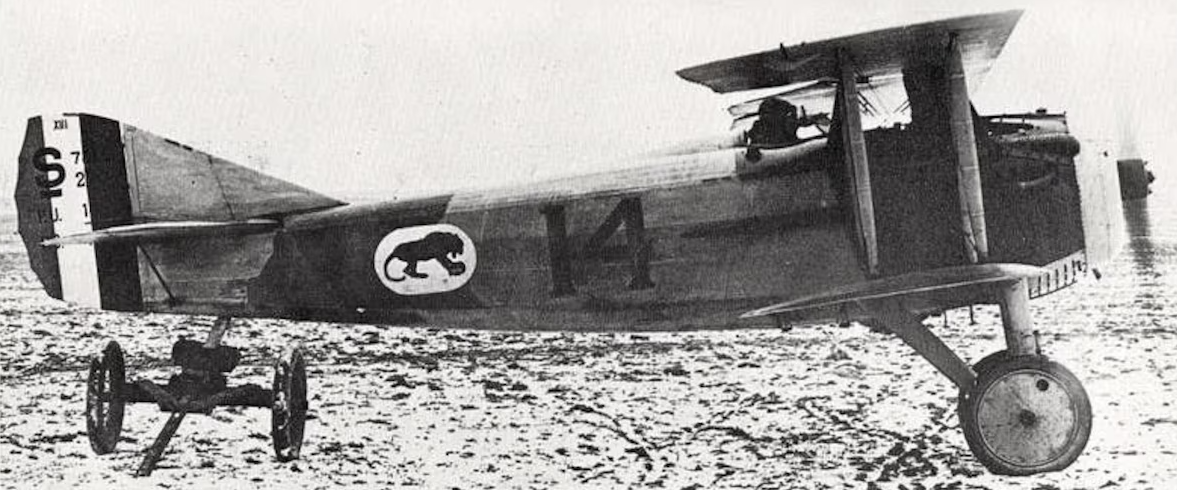
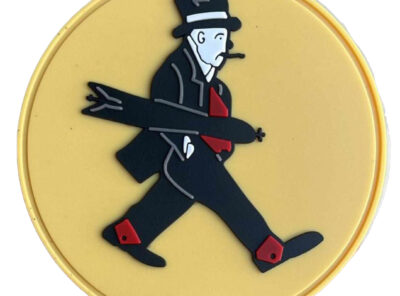
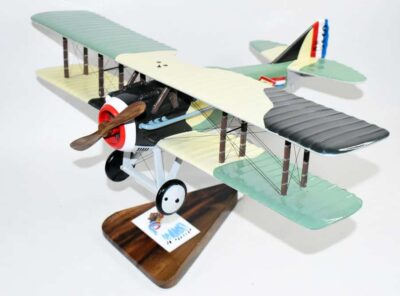
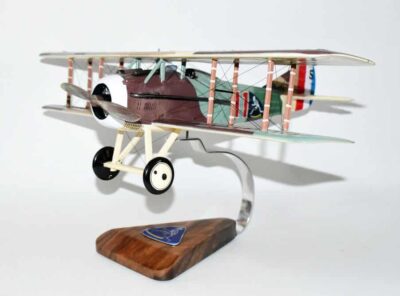
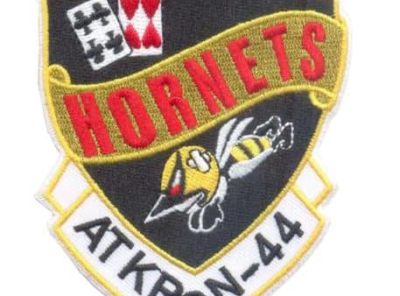
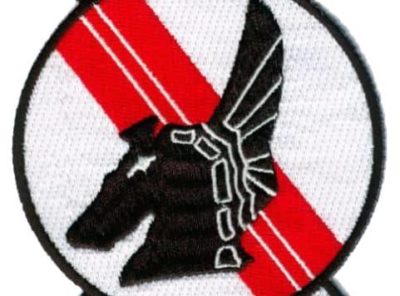

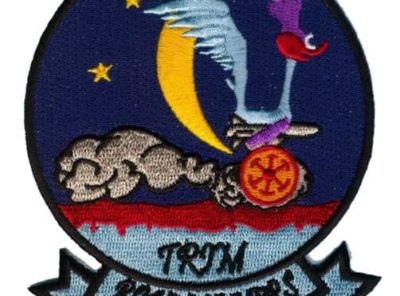
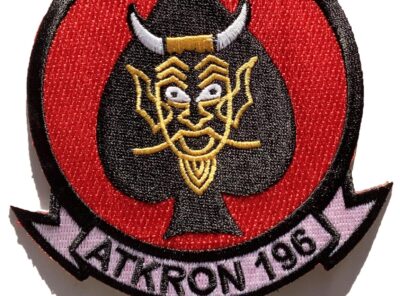
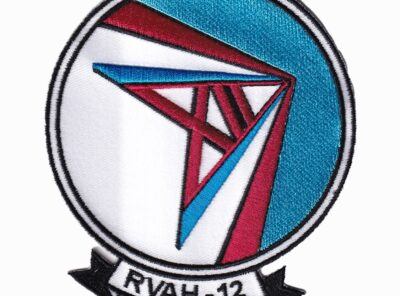
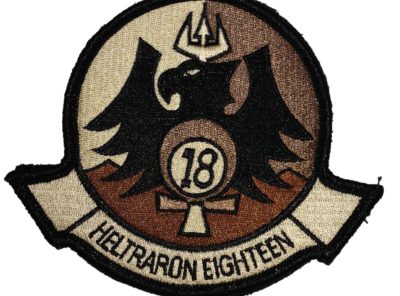
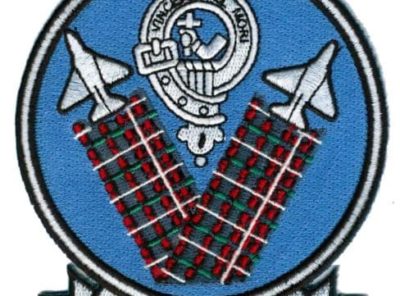
Reviews
There are no reviews yet.